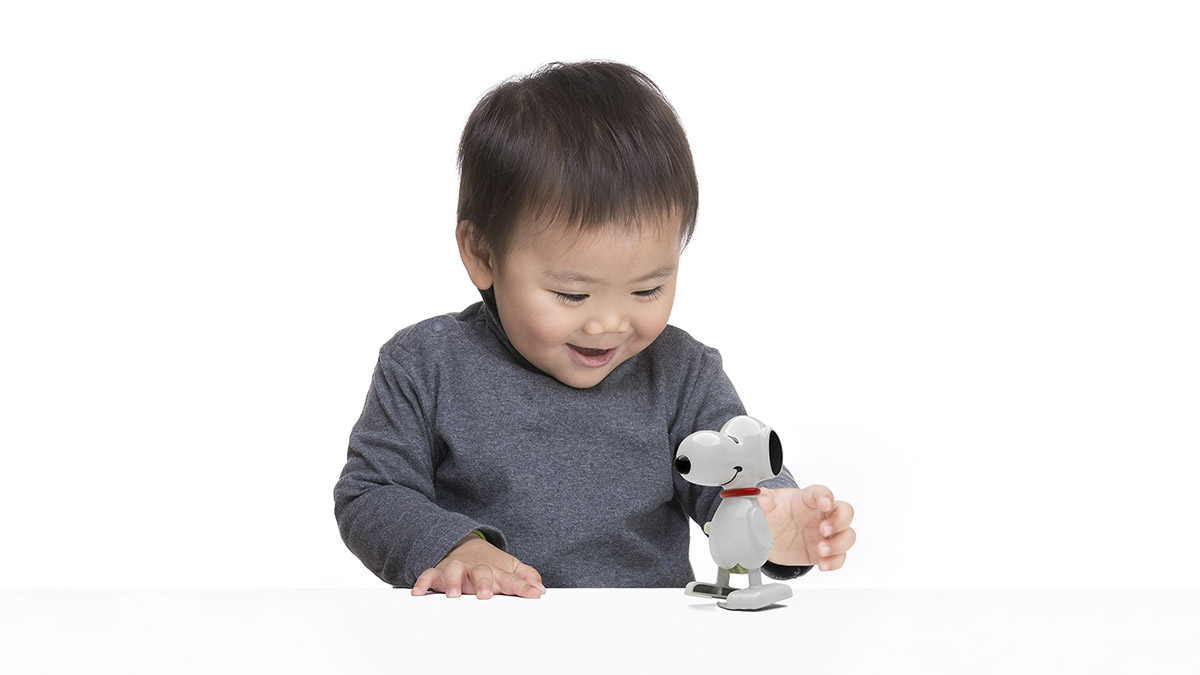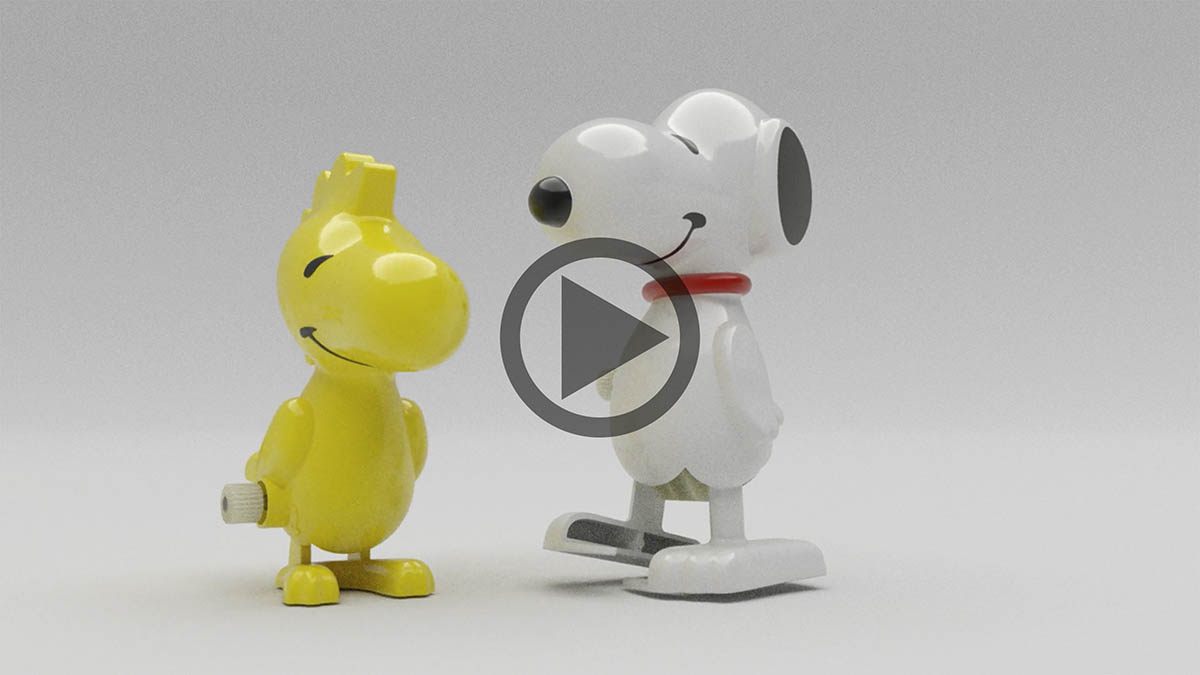Q: What do you get when you cross a mechanically inclined marketing guy with a photographer?
A: A person who can help you capitalize on the business benefits of 3D modeling, rendering, and animation.
Ever since the introduction of a little-known program called Adobe Dimensions, I’ve been leveraging 3D modeling capabilities. It’s not for everything. Food, for example, is still best left to traditional photography. But manufactured surfaces rendered using 3D software can look amazingly realistic. Below is an image of an Apple Magic Mouse. I created and rendered this model without access to any of the actual product specifications!
Scroll down to see a complete 3D exercise—modeling through animation. Have a project? Call me at (612) 790-7723 or use my contact form.
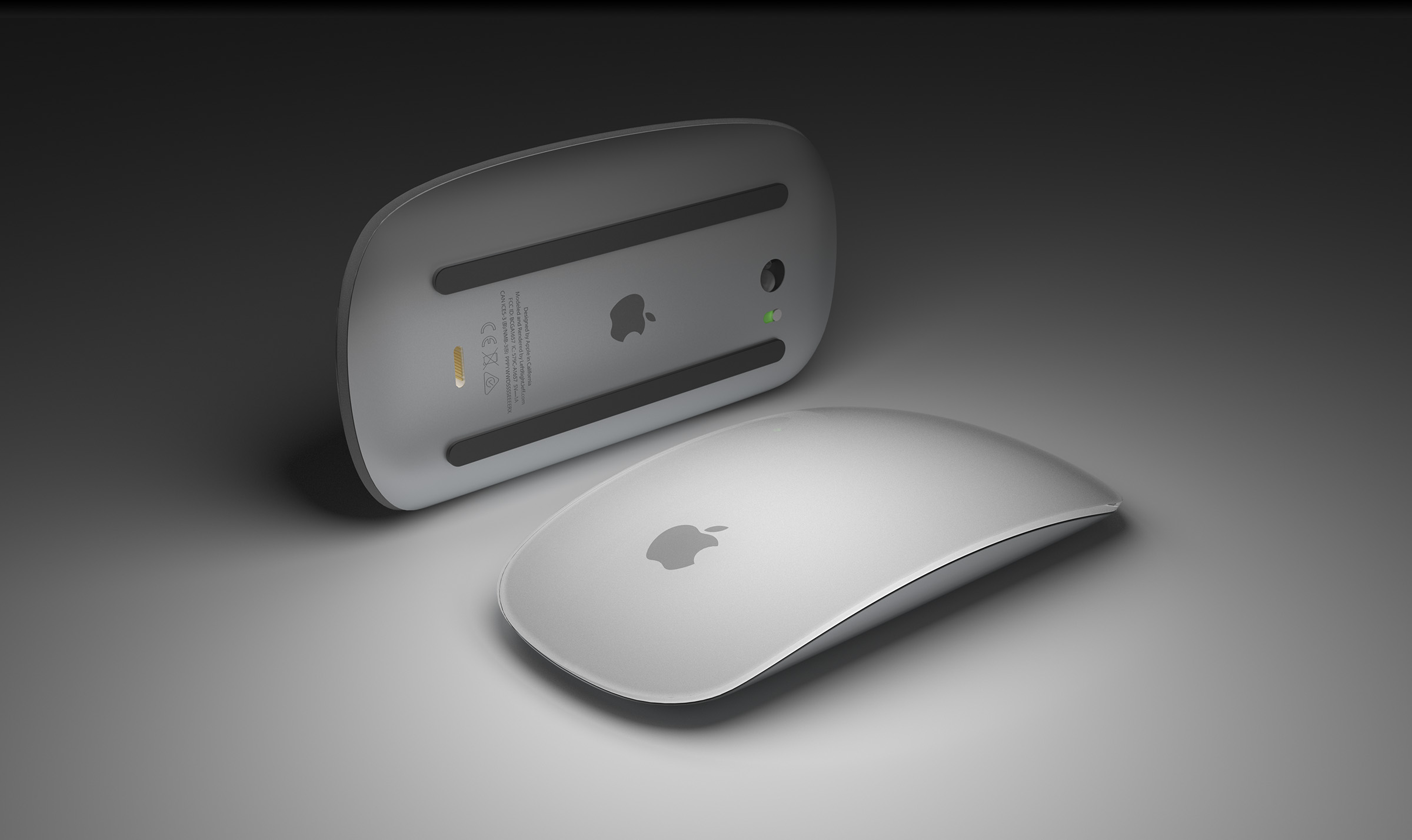
Why 3D modeling and rendering?
• Create promotional materials prior to manufacturing—publish catalogs of on-demand items
• Produce effects in a virtual photo studio that would be difficult in real life—“invisible” lights not visible to cameras, transparent objects, exploded views, cutaways, and more
• Easily modify shapes, colors, and materials—and retain the virtual studio environment for future use
• Develop prototypes by exporting to 3D printers—my Rhino software is suited to industrial design and manufacturing
• Use models for animation and 360-degree product views
• Render in resolutions beyond camera capabilities—large format graphics look sharp
• Eliminate the need to manually outline images—easily place rendered products in environmental backgrounds
The following exercises are based on a ’60s wind-up toy from United Feature Syndicate, Inc. While just a plaything, I used it to highlight serious capabilities of 3D, from creation of prototype files and marketing materials to development of a product video.
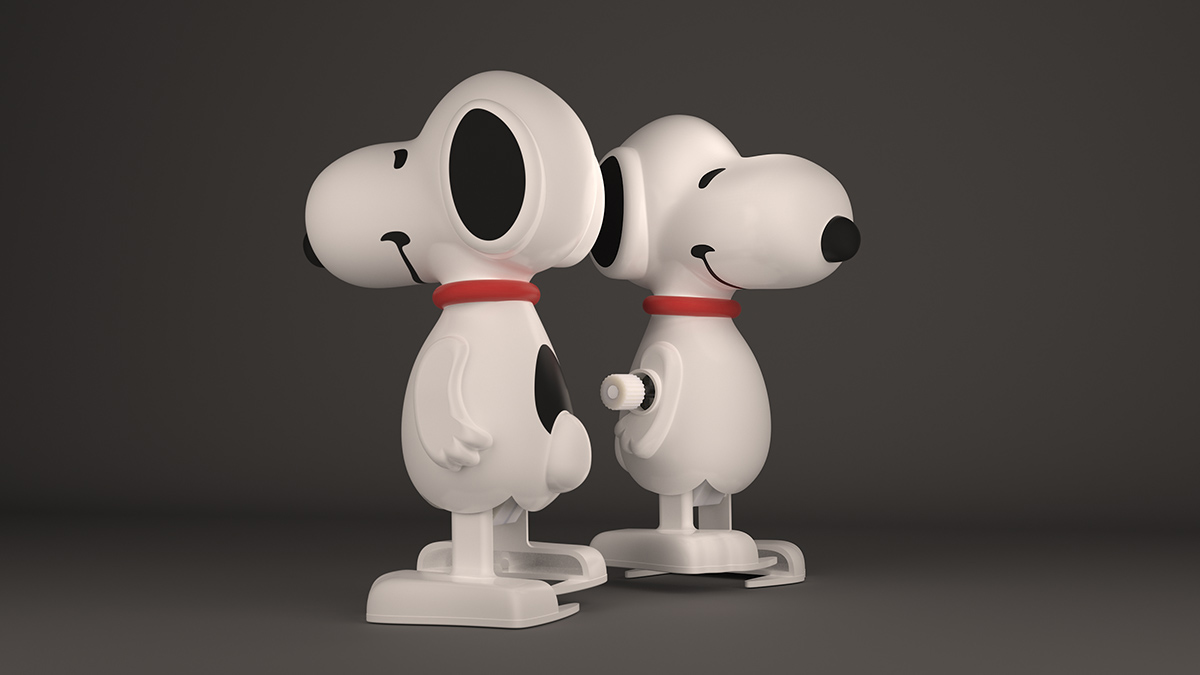
This is a 3D model of a ’60s wind-up toy.
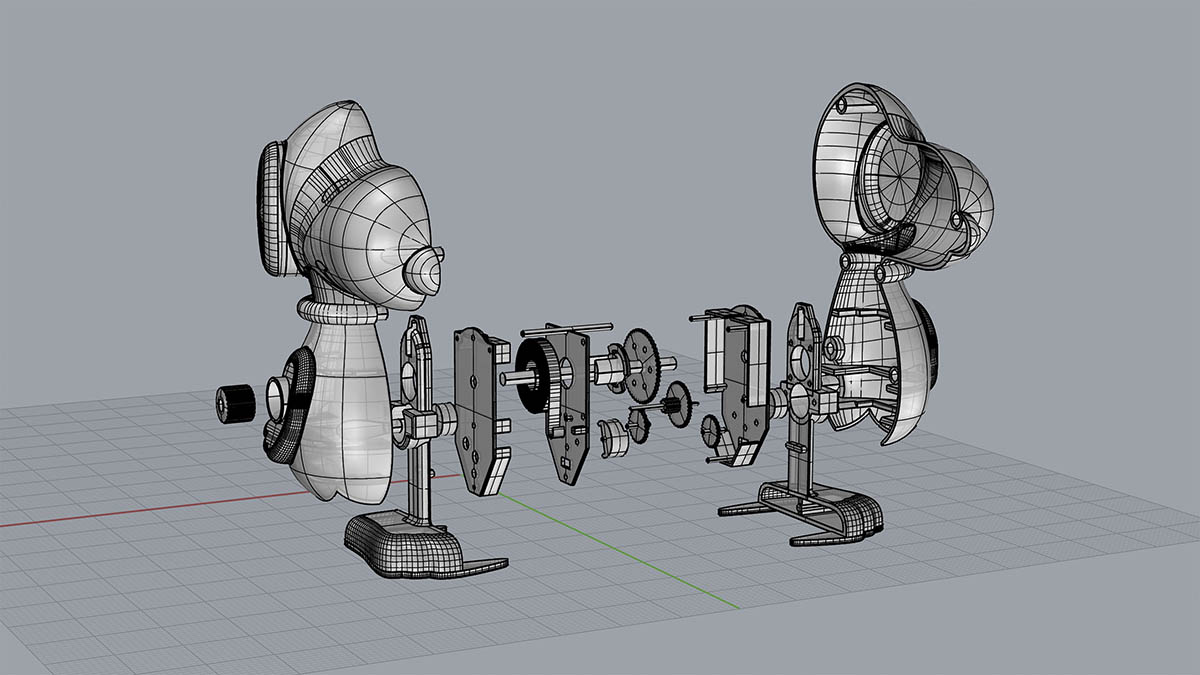
NURBS-based models offer great precision and are ideal for 3D printing/prototyping.
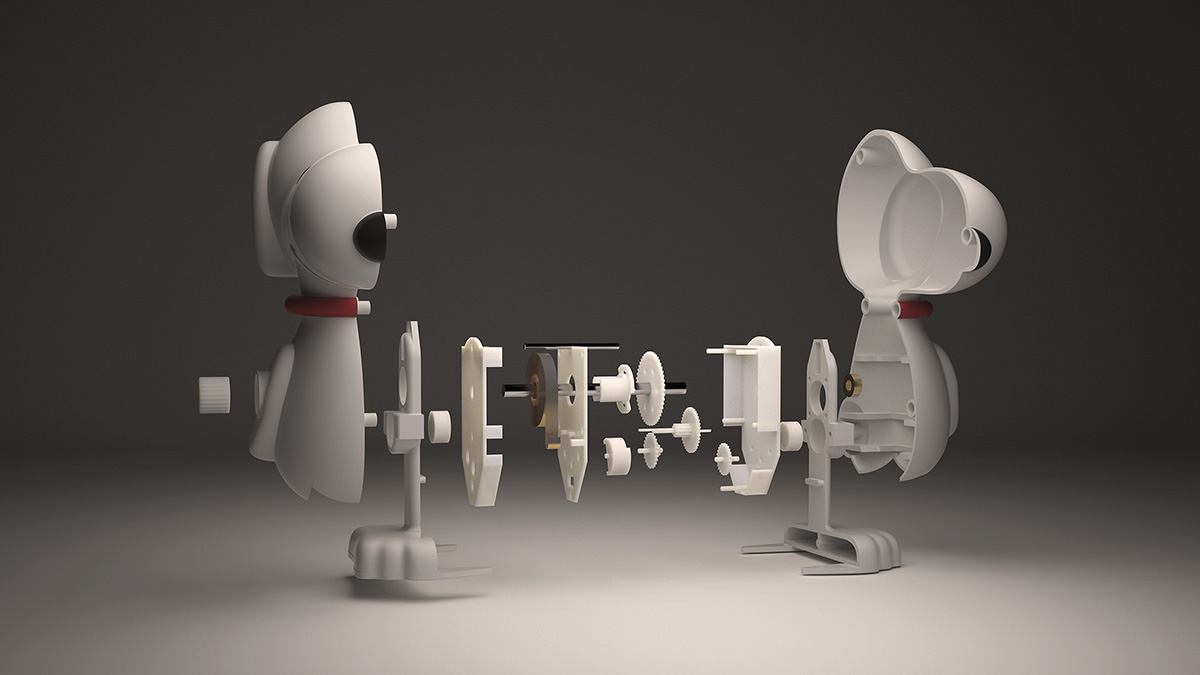
Effects like cutaways and exploded views can be created in a virtual studio.
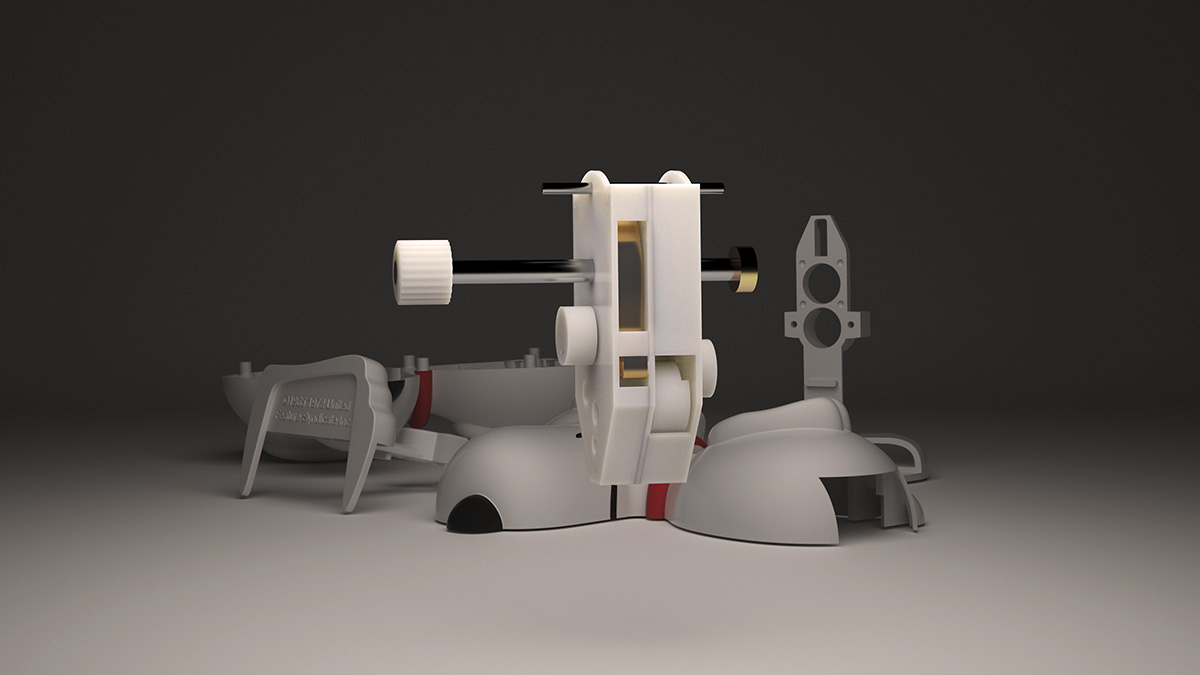
Scene elements can be repositioned and rendered for many purposes.
Marketing materials can be created without real products. (View a mock PDF brochure.)
3D models can be animated in promotional or instructional videos.

